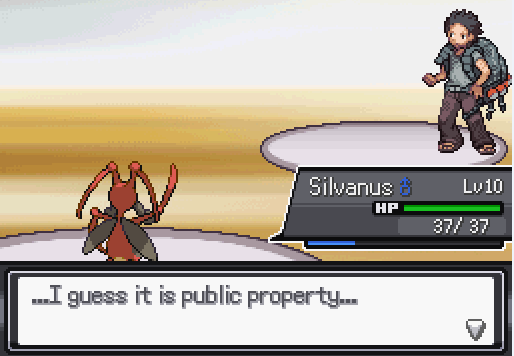The Controller is Mightier than the Pen: How Video Games Blur the Lines of Authorship
There’s an argument to be made that the video game, as a medium, is inherently post-modern. If that, as a statement, is too general or perhaps diminutive, then it’s perhaps safer to say that the medium reflects certain key characteristics of post-modernism as it appears in art: there’s a tendency towards self-reflexivity, an arguably necessary Read More








